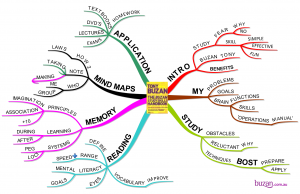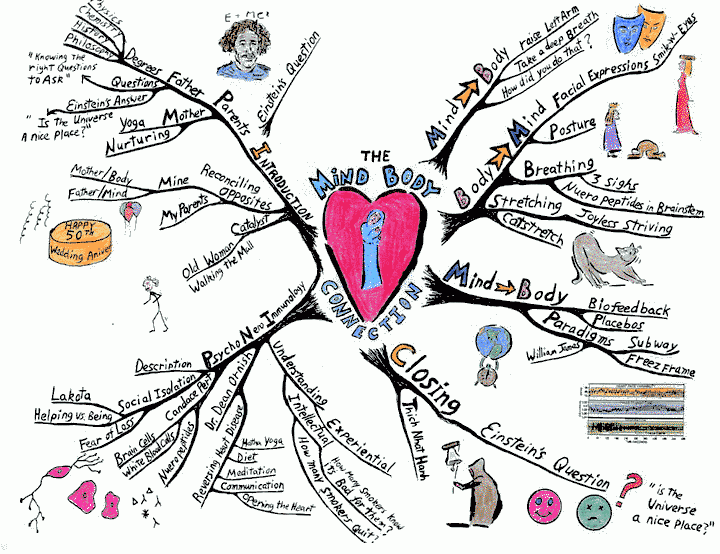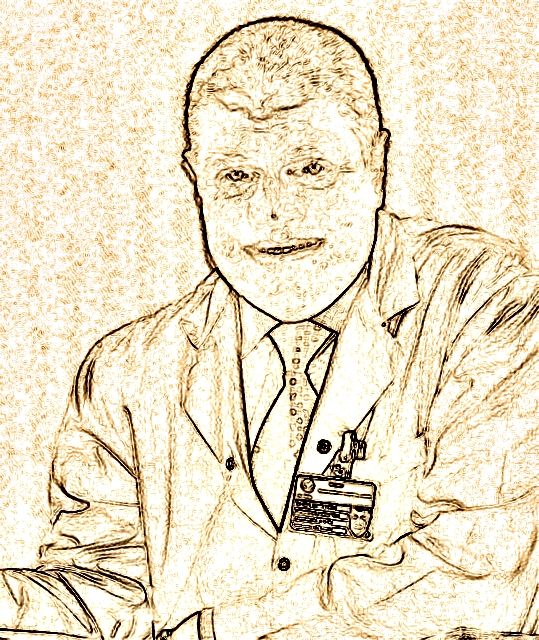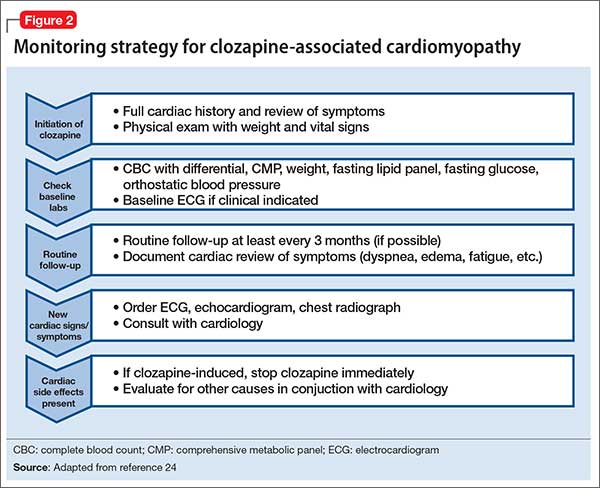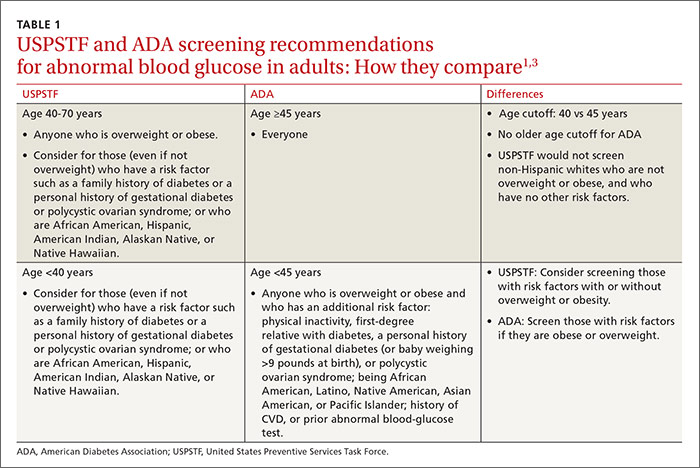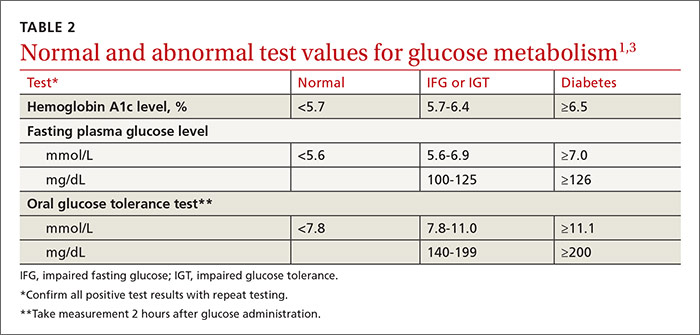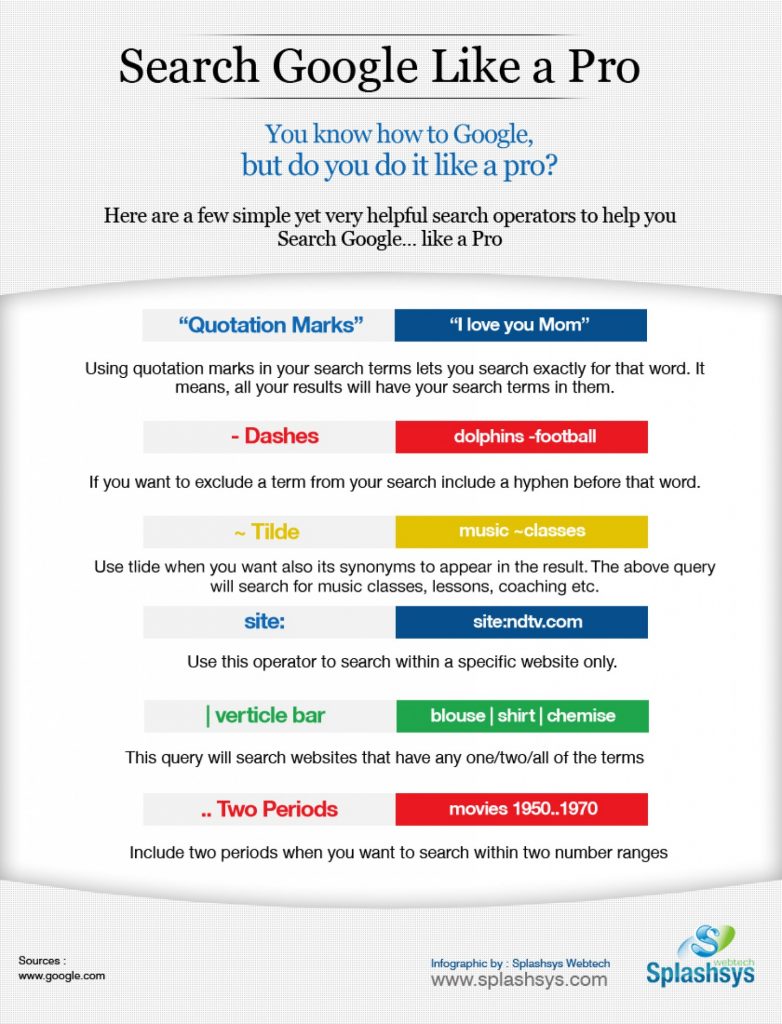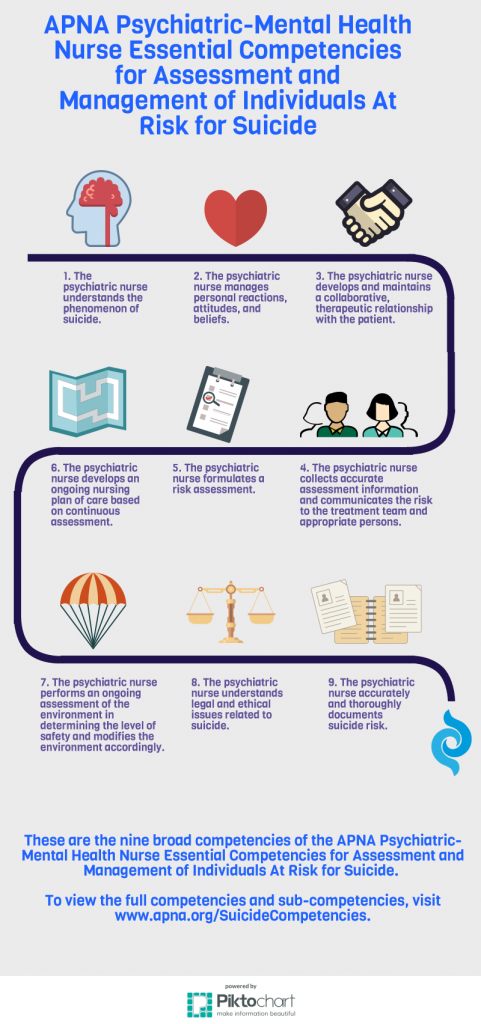Have you ever wondered what it takes to have a successful career? Specifically, what skills would it be helpful to learn and master that could considerably enhance your career opportunities?
Well of course every career path is somewhat different. There will for instance be very specific skills that you must develop that come part of your job description. In other words, you need to have certain skills and knowledge that help you perform your job to a satisfactory level. These skills are of course vital and required for your chosen career path. However, there is also another set of skills that is well worth developing.
Specifically, there are five critical career skills that can dramatically enhance your value to your organization, while also enhancing your career prospects. These skills include:
- Thinking
- Memory
- Reading
- Writing
- Speaking
On the surface there’s nothing special about these critical career skills. We are all able to think, to remember, to read, write and speak. So what’s the big deal, right? Well we have all of course mastered these skills at a very basic level. These skills help us to interact with the world around us and coexist with others. However, to truly thrive and move our careers forward, we need to take the time to develop each of these skills at a far deeper level of proficiency.
These five critical career skill areas in fact form the foundations that can help you thrive along just about any career path. For instance, can you think of a career path that wouldn’t benefit from understanding how to think more effectively? Or from being able to remember and recall information far more quickly? Or from having the ability to read and absorb information efficiently and rapidly? Or from being able to write clearly and concisely? Or from having the ability to speak persuasively and confidently?
Just about every career path you could probably think of would gain value from many of these soft skills. This is why these are the five critical career skills that will dramatically enhance your value to your organization. What’s more is that they are transferable to just about any career path you may choose to take. Given this, it’s certainly well worth taking the time to master each of these critical career skills at a high level of proficiency.
Let’s now explore each of these skill areas in a little detail to see how they can be of value for you as you move down your chosen career path.
Skill #1: Effective Thinking
To think effectively means having the ability to work through work related problems in optimal ways. It means having a deep understanding of what you’re doing and the awareness to know what needs improvement. This subsequently helps you develop action plans that allow you to work more efficiently and productively on work related tasks and activities throughout the day.
To think effectively requires having the ability to think logically, laterally and intuitively all at the same time.
First, when you’re thinking logically you use reason. You effectively assess the circumstances of your situation and outline logical paths or steps that can help you move forward in more optimal ways. Logical thinking also requires taking into consideration the consequences of your actions and the possible scenarios that may arise. Understanding these ramifications can help you make more effective decisionsthat allow you to improve your output and workflow.
Secondly, while thinking laterally you are using your creative capacity to think through your problems and circumstances in imaginative ways. This is what some people call out-of-the-box thinking.
To think creatively requires the use of analogies and metaphors that can help shift how you view work related activities and problems.
Thinking creatively is essentially about making perspective shifts that transform how you view a situation. These perspective shifts can help you to work through work-related issues in far more optimal ways.
Finally, while thinking intuitively you are essentially tuning into your inner feelings and thoughts about a situation. These intuitive hunches can help you to gather valuable insights that allow you to make more effective choices and decisions throughout the day.
To think effectively requires bridging together the logical, lateral and intuitive areas of your brain. Specifically this requires:
- Understanding how to gather relevant facts, data and evidence.
- Taking into account possible alternatives, various perspectives and sides of an issue.
- Searching for new methods and processes for tackling work-related issues successfully.
- Obtaining contributions from everyone involved in order to gather helpful insights that unlock new understandings.
- Making decisions based on what makes logical sense in the moment, while at the same time taking into consideration intuitive thoughts and feelings.
- Laying out a set of contingency plans for when things don’t work out as originally expected.
In general, thinking effectively will help you to solve work-related problems far more quickly; will allow you to develop new systems and methods that will improve your work-flow, and will provide you with the assets you need to work more productively throughout the day. All this in combination will help increase your value to your organization.
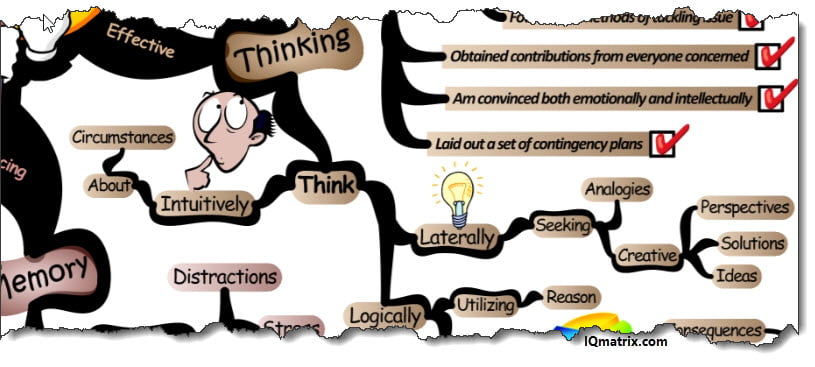
Skill #2: Enhanced Memory
Enhanced memory and recall can be quite valuable for career paths that require working with a large knowledge base of systems, processes and information. However, it can also be equally valuable for anyone learning on the job.
Those who are able to remember and recall information quickly and easily learn faster and are therefore able to put that knowledge into practice far more rapidly. This subsequently gives them an edge over other people who haven’t developed their memory to a high degree.
You can of course improve your memory by using associations, mnemonic devices, rhymes, and pegs. You can also improve your memory by organizing the information you are trying to learn clearly and logically. Use all five senses and build vivid stories around everything you are learning. Explore how to do all this by using effective memory techniques.
But of course having a good memory isn’t enough. Your memory is essentially only as good as your health, vitality, and ability to handle stressful situations. If for instance you’re feeling sluggish and struggle to handle stress, then your memory will suffer as a result. Likewise your memory will suffer if you’re unable to successfully manage work-related distractions.
Given this, it’s vital that you learn how to deal with stress, how to optimize your energy levels, and how to manage a plethora of work-related distractions that are likely to interfere with your work-flow.
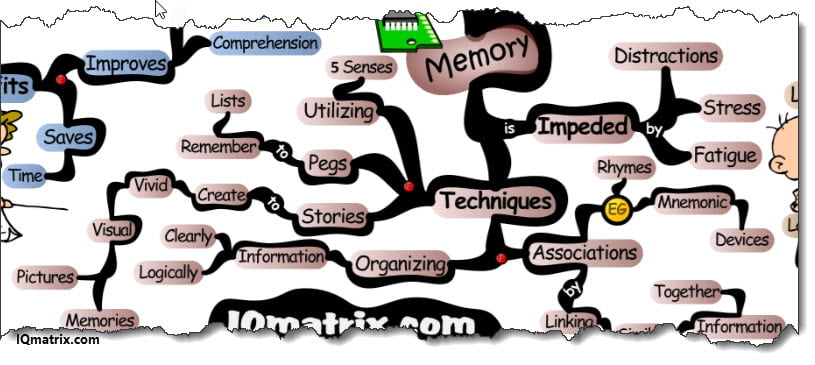
Skill #3: Accelerated Reading
Accelerated reading is a critical career skill that is related to memory and learning. When you are able to read through information quickly this gives you a significant edge as you are able to work through written information far more rapidly than the average person. However, reading quickly doesn’t necessarily mean you are learning. Learning also requires comprehension.
Knowing how to read quickly is all well and good, however it’s of little value if you cannot make sense of the information you are reading. Accelerated reading is therefore more than just about speed. It’s rather also about comprehension and putting that information into practice in effective ways that can help you learn quickly on the job. But how do we do this? What’s the technique?
I’ve already written a comprehensive guide on how to accelerated your reading speed and boost your memory and comprehension. There are however several important things that are worth noting here.
Accelerated reading is first and foremost about being very selective. It’s about selecting what’s most important to read. Read what’s most important and then skim over the rest. Many times the key information you need is often contained within 20 percent of the document text. This 20 percent will often provide you with 80 percent of the actionable knowledge you need to know and understand.
Typically when people read, they read the words on the page one at a time. However, to accelerate your reading speed you must get into the habit of reading groups of words together in chunks. It’s very much akin to looking at a picture as a whole. You can either choose to view the entire image, or you can instead choose to explore the details. Yes, you will certainly know more about the image by exploring the details, but it will also take you longer, and potentially the details aren’t really that important. All you need is just a quick overview to give you an idea of what it’s all about. And that’s essentially how accelerated reading works.
While reading though, pay particular attention not to silently repeat words back to yourself. This will tend to slow you down. Moreover, don’t backtrack. Once you have read something, just keep moving forward, but be sure that you’re fully focused and concentrating on what you are reading. If you’re distracted or your mind starts to wander, then it will be difficult for you to gain value from the process of accelerated reading.
Finally, it can be helpful to take visual notes while reading. Yes, this will slow down the reading process, but visual notes can help improve your comprehension of the information you are reading. In the end, reading without remembering or understanding is not an effective use of your time. In such instances, you are far better off reading at normal speeds. At least then you will know and understand more at the end of your session.
As you develop your ability to read quickly, you will naturally save yourself time working through written information related to your job. You will conduct research far more quickly and effectively, and will grasp concepts and ideas far more readily. This will therefore provide you with a superior advantage over those who read and comprehend information at a normal speed.
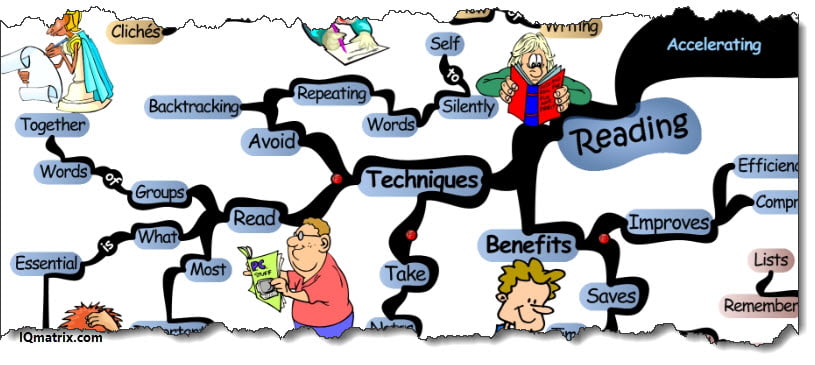
Skill #4: Proficient Writing
Proficient writing is a critical career skill that isn’t necessarily needed along some career paths. However, it is nevertheless a vital skill that is highly valued within many industries.
Writing proficiently is of course of value when writing reports, preparing presentations, and any time we need to get our message across in an effective way. This of course includes the various methods of written communication such as email.
To write proficiently means communicating effectively and persuasively. It means getting your message across in the most efficient and optimal way that ensures you are being understood. Moreover, it’s all about results. Your written communication must get you optimal results. Those who are able to do this effectively are highly sought after and valued within their organization. But how to do this? What does it actually take to write proficiently?
To write proficiently means to write succinctly using short words, sentences and paragraphs. Your objective is to get to the point as quickly as possible without creating confusion. However, there must be smooth and logical transitions within your writing. The ideas you are trying to get across must flow naturally from one paragraph to the next. There must be no guesswork in understanding your intended message and objectives.
While writing, be sure to keep in mind the intended audience you are writing for. Use language that this audience understands and responds to. With this in mind, avoid using archaisms and cliches. Also, use an active voice over a passive voice. Using active verbs helps gets the reader more engaged with your writing.
Above all else, if you desire to climb the career ladder, then focus on learning how to write more persuasively.
Writing persuasively is your ticket to becoming more influential within your organization. It allows you to present your ideas in effective ways that move people to take action. And that’s essentially what it takes to become a force for positive change within your organization, and potentially win that next promotion.

Skill #5: Persuasive Speaking
The final critical career skill that will provide you with ample opportunity to move your career forward comes in the form of persuasive speaking.
You are of course very familiar with language and know how to express yourself and get your point across. However, when you speak, do you speak with purpose and conviction? In other words, do you speak just to say a few words, or is there a purposeful intention behind each and every one of your words?
Most of us probably don’t often think about how we come across while interacting with others. At least not at a deep enough level that forces us to question our words and communication style. We just assume that we are being understood, but the truth could actually be very different.
The words you speak, how you express yourself, your tone of voice — all coupled together with your body language — sends a very specific message that makes people feel a certain way about you and about your ideas. Being vigilant and aware of how you’re coming across while interacting with others is vital to your career success. It’s vital because moving up the career ladder is basically all about the relationships you develop with other people.
You will only succeed by winning people over through your communication style. You may very well have great knowledge, skill and understanding in key areas related to your career, however if you don’t have the right connections and relationships established, then you are very unlikely to succeed or win that next promotion. This is why it’s so important to stay very vigilant of you’re coming across while interacting with others.
Many people of course probably don’t have too much trouble communicating one-on-one or within small group settings. They do however struggle speaking in public. And this is of course where they miss their biggest opportunity.
Public speaking provides you with an opportunity to get your message across to many people at one time. It’s a platform you can use to influence, persuade and to share your ideas that help move people to action.
Often you will find that the most successful people within your organization are proficient public speakers and presenters. They just feel comfortable speaking to large groups of people, and this naturally puts them in a position of power and authority to win people over and influence their choices, decisions and actions. But how do we do this? How do we learn how to speak persuasively in public?
First and foremost, it’s important to overcome your nerves. When you feel nervous, it’s almost impossible to come across persuasively. With that in mind, learn to control your breath, focus on adjusting your physiology, and try visualizing your ideal outcome in advance. This will help you to feel more relaxed and at ease in front of your audience.
Now that you’re feeling more calm and collected, it’s important to begin focusing on the message that you would like to get across. An ideal structure for this message comes in three distinct parts:
- Introduction: Tell your audience what you will be talking about.
- Body: Talk about what you mentioned within your introduction.
- Conclusion: Summarize what you have told your audience and finish with a call-to-action.
This is the very basic structure of a solid speech that builds the foundations of your persuasive message. However, within the body of your speech you must also take into account the Rule of Three. This essentially means presenting your audience with three key points for them to remember and take action upon. Any more than three points, and your persuasive message will quickly lose its effect.
In addition to this, it’s important to back-up your three points with relevant evidence that includes facts, data, stats, visuals, charts and even feedback/testimonials from other people that your audience admires and respects. Also be sure to transition smoothly between each point and argument you make. Everything you say must make sense, and the meaning must be very clear in order to get your persuasive message across most effectively.
To learn more about how to speak more persuasively, please visit the Six Minutes website. There you will find a wide variety of articles on how to improve your public speaking and presentation skills.
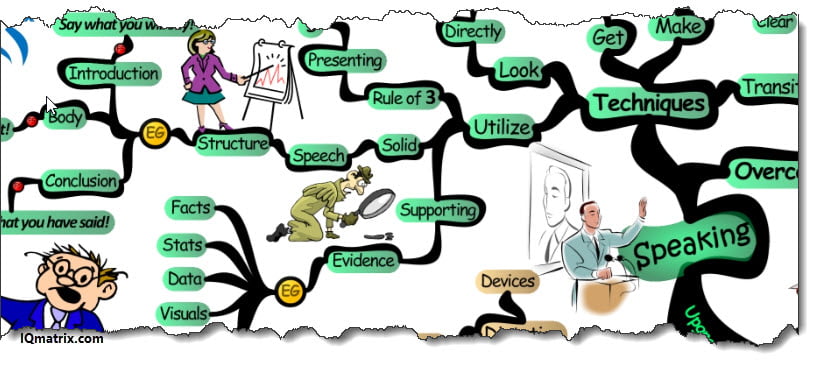
Identifying Additional Critical Career Skills
Having fully explored the five critical career skills, it’s important to also address the fact that along your current career path there may very well be other additional vital skills that might be worth developing.
Think for a moment about your current work and responsibilities. Consider also your future goals and how you might like to move your career forward in the coming years.
Now, reflect on the types of skills that would help improve your effectiveness and efficiency throughout the day. Or how about the skills that could enhance your career prospects and opportunities, while also helping boost your levels of productivity?
Here are some questions that can help you to better pinpoint the critical career skills that might be of most value:
What are the most important skills I can learn right now that can help move my career forward?
What skills would give me a competitive advantage over other people in my organization and industry?
How relevant are these skills to my career path and toward improving my career prospects?
How could these skills potentially help me to advance my career forward?
What are the specific advantages of mastering each of these skill areas?
cited in :
5 Critical Career Skills that will Guarantee Your Success











